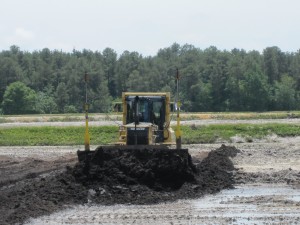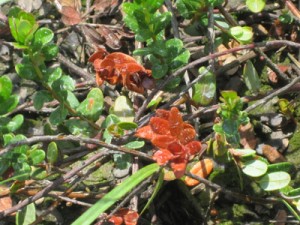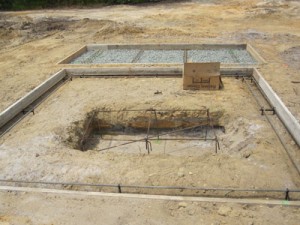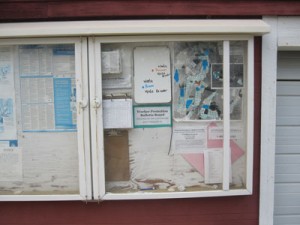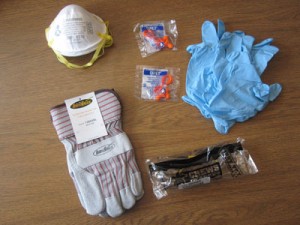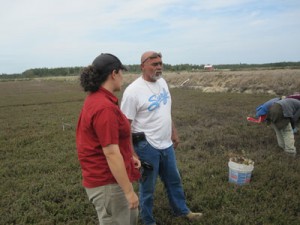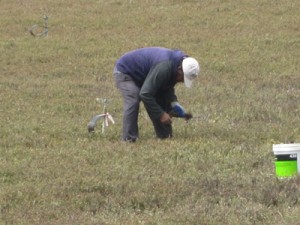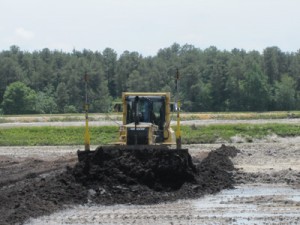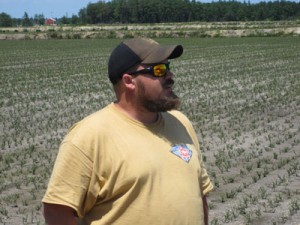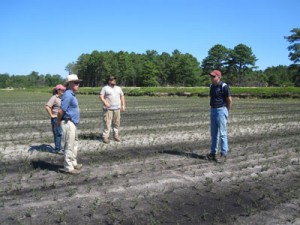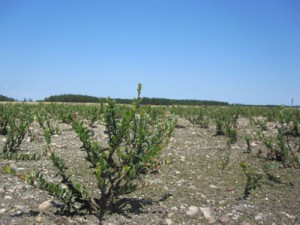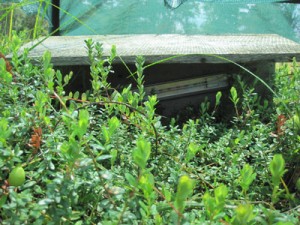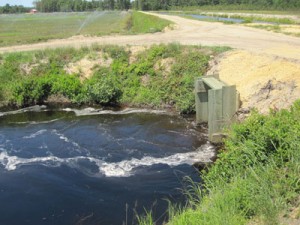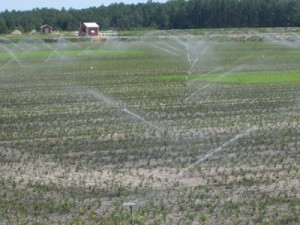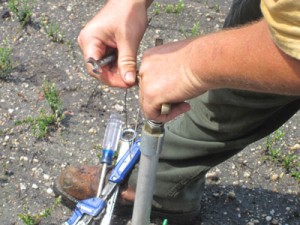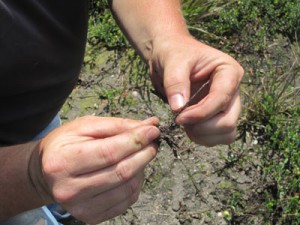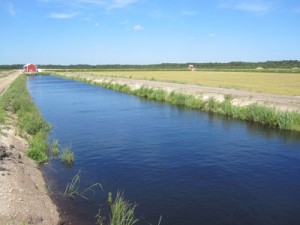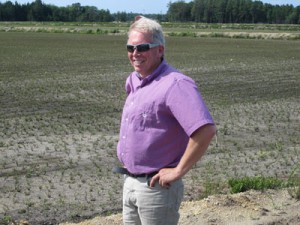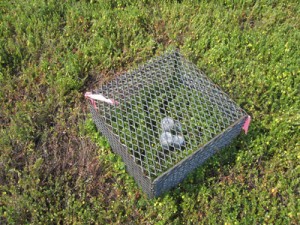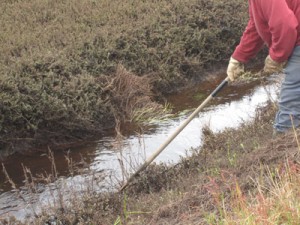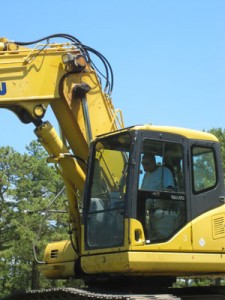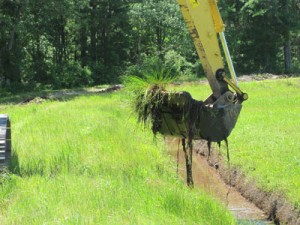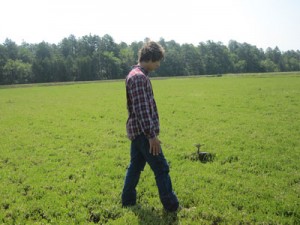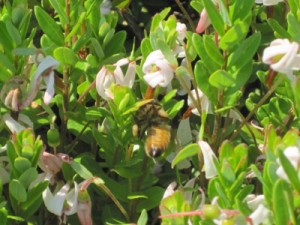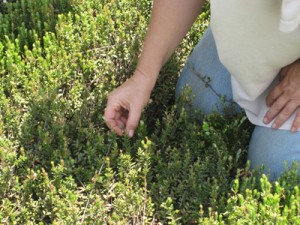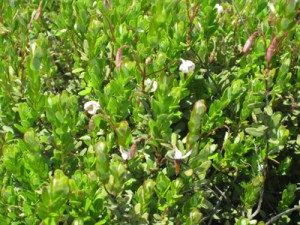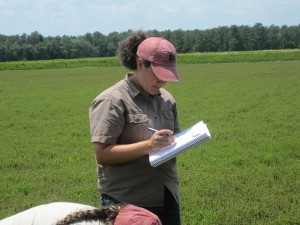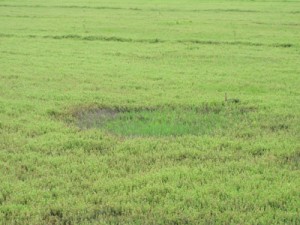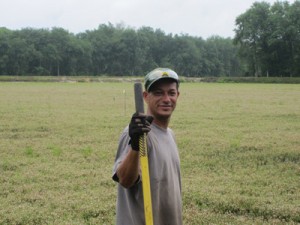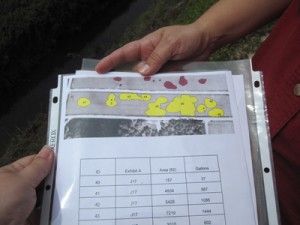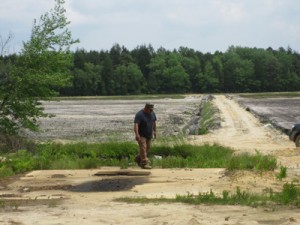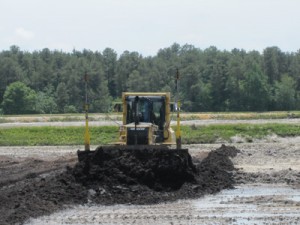While the 2012 spring planting was being completed, we had already turned our attention to our latest project: renovating our Oswego bogs. Bog renovation is a time-consuming and capital-intensive but necessary project that will increase both yield and quality by improving bog and irrigation design.
Earlier this year, our team first redesigned the layout, deciding how to best work with the surrounding water resources for maximum land use efficiency. They reshaped some beds, removed the old vines, and did the initial leveling to prep the soil.
We’ve previously stated that the three things most important to growing cranberries are water, water, and more water. Currently, the team is hard at work on the irrigation improvements. They’ve begun ditching, which, as we spoke about last month, ensures adequate water flow for both flooding and drainage. Effective bed drainage is critical, especially in New Jersey, where the humid climate can provide a favorable environment for Phytophthora cinnamomi, a known cause of root rot.
According to Joe Colon, Pine Island’s bog renovations manager, we have replaced over twenty of our wooden floodgates with a newer PVC design. While some of our wooden gates have been in use for almost seventy years, the new design will have even greater longevity. They are also easier to install and repair, which will in turn be easier for team members to make the most efficient use of their time.
Other improvements to the water system besides new gates and rebuilt ditches include the relocation of the pumps. As part of our irrigation redesign, and with the redesign of some of the beds, it was necessary to make some changes in order to maximize water flow to the pump. Relocation of the pump houses is also helpful for improved access, both for refueling and repairs.
Even though planting is not scheduled until November, weed control has already become necessary. There are already briars appearing in some of the beds scheduled for planting in 2012-2013 even after rotovation (mechanical tilling of the soil). The current plan is to rotovate again, and then flood in order to keep them from taking root.
Bog renovation is a key component to maintaining Pine Island’s core values of continuous improvement, continuous growth, and protecting the environment. Increasing production over time through bog renovation and decreasing the time to achieve full production is essential to accomplish our growth objectives.

